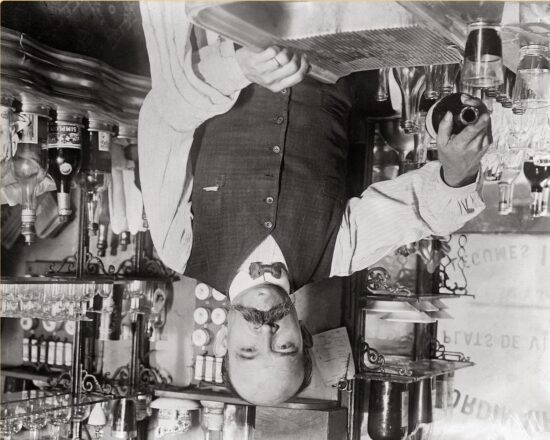
The people who work hard everyday to present a positive image of wine and wine culture like to emphasize wine’s ancient lineage and unbroken continuity.
The simple process of harvesting grapes and fermenting them into something flush with gastronomic, mood-enhancing and social lubrication skills has been familiar to, and appreciated by, who-knows-how-many generations of grateful wine enthusiasts.
But wine isn’t like a mountain that has stood immoveably, in the same place and largely unaltered, since before recorded time. As a product of human ingenuity, it has its own history of change, evolution and revolution, advances and retreats, fresh habitats and shifting personae. In short, wine is ever on the move, and right now it’s even a little upside down. Or downside up, depending on where (or how) you look.
It’s climate change, and more particularly the stunning rapidity of rises in temperature in places where wine has long been established, that’s driving the current turbulence.
For some winemakers, warming is a threatening prospect indeed. Others are already beginning to look like winners.
As an example of the former, consider the vineyards of California where the climate has always made it relatively easy to ripen wine grapes. In pursuit of quality wine, winemakers there must often work against nature’s tendency to ripen fruit prematurely, which risks the loss of freshness, verve and delicacy in the resulting wine. Current trends appear set to make their problems worse. To address them, winemakers will be seeking both cooler sites and more heat-resistant varietals. Both will result in changes to historic norms of wine character.
Looking like winners now are winegrowing regions on Europe’s northern viticultural margin, where the challenge has historically been just the reverse of those in balmy climes: namely, how, in the short summers and slanting light that is their lot, to urge fruit toward minimum levels of ripeness required of successful, sustainable winemaking.
For these fortunates, warming is producing reliably higher grape sugars and more moderate acidity in grapes at harvest. Shall we call them the winemakers who came in from the cold?
In light of all this (and any number of likely and unlikely events not in our ken) what might wine look like in a few hundred or even a thousand years? I think I can confidently answer that one.
Different.